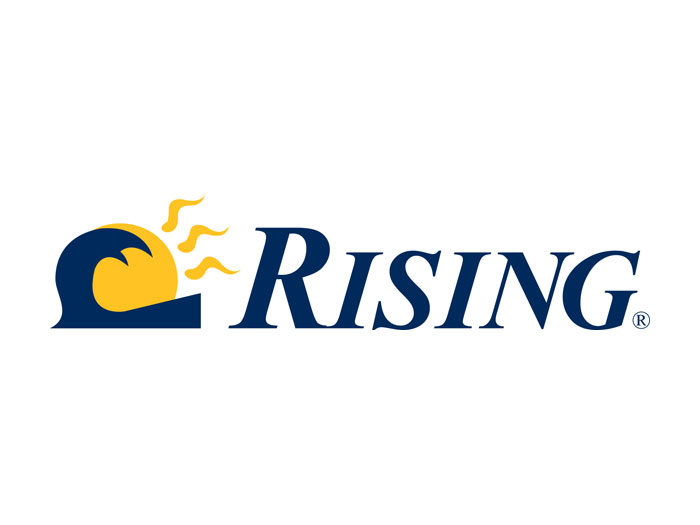ARAWC: A New Force for Change
On February 1, 2014, the state of Oklahoma enacted new workers’ compensation legislation in SB 1062, which allows any employer to exit, or opt-out of, the state’s statutory workers’ compensation system. While not exactly like what’s known as “non-subscription” in Texas, this new statute is a significant move forward in giving employers more options in how they respond to and finance employee injuries and related benefits with a key focus on ensuring injured employees are treated respectfully and compensated fairly in the aftermath of an on-the-job injury.
Until now, only Texas allowed any private sector employer to opt-out of its statutory workers’ compensation system. Just as there are significant differences between what Oklahoma has done and what has been in place in Texas for over 100 years, the passage of SB 1062 demonstrates that there are state-specific opportunities to improve the financing of and response to employee injuries in many other states.
Enter the Association for Responsible Alternatives to Worker’s Compensation, or ARAWC (pronounced “A-ROC”). This new national organization was formed by a coalition of employers and workers’ compensation system providers after many realized the benefits achieved in Texas and those anticipated in Oklahoma. The board and ARAWC’s members have an intense interest in seeing employees better cared for by a more optimally designed and managed system. By seeking options to traditional workers’ compensation, the organization has a goal of also driving economic development through the attraction of employer savings.
ARAWC’s mission is to expand the delivery of better medical outcomes to injured workers by expanding employer choice in other states.
Where Oklahoma’s SB 1062 offers Oklahoma employers a choice to opt-out of the state system the opportunity to substantially reduce work-injury costs and avoid both the statutory system’s extensive regulation and litigation risk, similar goals for other states are being established by the leaders of ARAWC for the benefit of both employers and employees. Two key statistics reflect a clear basis for why Oklahoma changed and improved their approach to employee injuries:
- Oklahoma employers cited that workers’ compensation cost was the No. 1 reason they were either leaving the state or adding jobs at facilities located in other states, such as Texas.
- 2012 NCCI statistics showed Oklahoma loss costs to be 225 percent higher than neighboring states.
ARAWC is now developing strategies and plans that will identify the states where statutory change can bring the most benefit to both employers and employees. The founders expect that their efforts will enable the delivery of better medical outcomes to injured workers and give employers more choice on how employee injuries will be managed.
Currently, 48 states effectively mandate workers’ compensation insurance as the sole option for employers to cover employee injuries. ARAWC’s mission is to expand the delivery of better medical outcomes to injured workers by expanding employer choice in other states. Experience under these alternative employee injury benefit platforms has proven to dramatically reduce employee injury costs, while achieving higher employee satisfaction and substantial economic development.
Over the past two decades Texas “Non-subscribers” have achieved better medical outcomes for hundreds of thousands of injured workers, and saved billions of dollars on occupational injury costs. While ARAWC is not necessarily taking the Texas model forward into other states, it will leverage the experience from over 100 years of having options in Texas and what emerges from the changes from Oklahoma’s new statute, to drive a strategy for process improvements and lower costs in selected states where change is overdue.
Providing employers more choice in financing and responding to employee injuries can positively impact employees, employers and health care providers. Experience supports that competition to traditional workers’ compensation insurance can reduce premium rates and improve services. Enabling choice of program design increases employers’ participation into the process, which allows them to hold all service providers accountable for results and outcomes. It also enables employees to access medical providers that do not accept workers’ compensation clients because of low fee schedules and paperwork required. In the absence of statutory mandates, responsible employers create high quality benefit plans for occupational injuries, enabling improved access to better medical talent leading to higher employee satisfaction, better medical outcomes, and lower cost claims.
The member companies of ARAWC aspire to refocus state-based mandates in response to growing gaps in quality medical care, efficient risk financing, effective return to work and other gaps in many current systems. Some of the other expected benefits of ARAWC’s strategy are expected to be:
- Improved workplace safety and training supporting injury prevention
- Expanded access to quality medical providers providing exceptional care
- Opportunity for expanded benefits through custom designed plans
- Opportunity for reduced waiting periods for wage replacement with greater benefits
- More expedient medical treatment and more immediate referral to specialized medical treatment to enhance recovery
- Early identification of potentially complicating medical conditions and securing appropriate medical treatment to aid recovery
- Improved communications with injured workers to address benefit questions and assist early return to work
Nationwide, the experience under alternative employee injury platforms suggests we can slash the cost of the workers’ compensation system in half with higher employee satisfaction. How? By providing employers the option of alternative mechanisms which can result in:
- A more competitive insurance marketplace. Experience supports significant rate reductions when choice is introduced over prior pricing where limited options exist.
- Improved incentive for existing workers’ compensation providers to improve services and pricing knowing the employer has an option to be more engaged in helping injured workers recover and return to work more quickly and efficiently.
- Incenting medical providers to act in the best interests of the employee and improved levels of service.
- Expanding employee access to medical providers who do not accept workers’ compensation patients because of low fee schedules and paperwork required. As a health plan for occupational injuries, opportunity exists to access the very best medical talent leading to higher employee satisfaction and medical outcomes.
- An injury benefit plan can more efficiently deliver care to and achieve better medical outcomes for injured workers.
ARAWC is just the latest and perhaps one of the better examples of what an often moribund, ineffective, inefficient system can motivate; change that can benefit all participants while reducing bureaucracy and many of the negative elements it brings to effective employee injury recovery.










